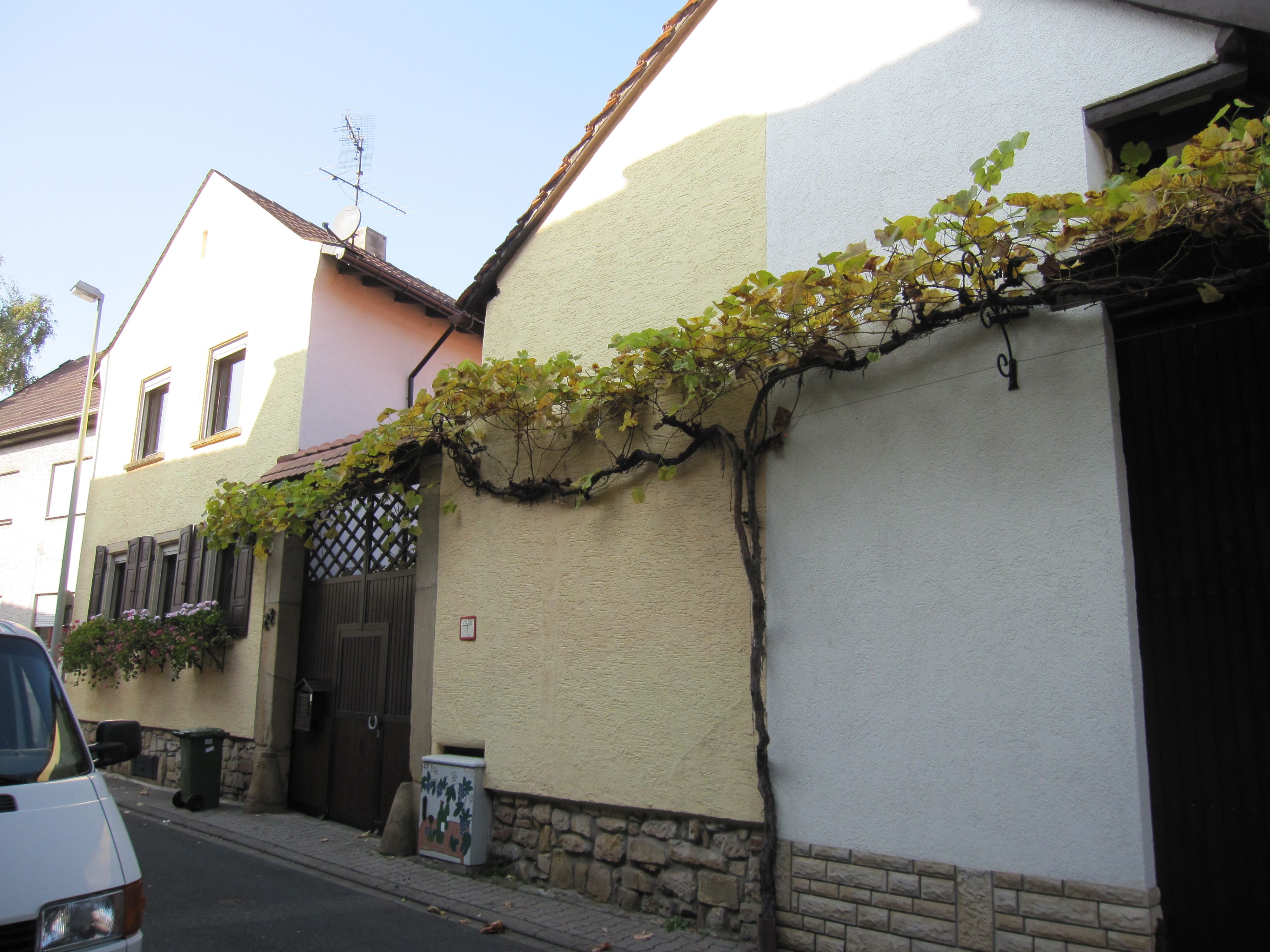Genealogical data is a good leaping off point, but as I work on a novel-length account of my ancestor Michael Harm, I often get caught in a realm between fact and fiction, where the line between them blurs, and where the real can seem the most unreal of all.
Facts about my great-great grandfather Michael Harm exist in city, county and church records, in ship’s registers and in primary source letters he wrote in the 19th century. Birth, marriage, travel, and death, plus a few stories thrown in to give me clues. But the true substance of Michael Harm’s life exists within the “human context”*, the web of relationships of the people around him, who defined who he was and whose lives he influenced in turn. (FYI, I picked up this concept of “the human context” from Stevick’s Theory of the Novel.)
 How do I reconstruct this web? If there ever were maps to the treasure, they have long since disappeared. I do count myself extremely lucky to have some letters from the mid-nineteenth century, letters that mention names such as the Reibolds who have a Weinbergsgarten in Freinsheim to this day. The name Pihrmann also appears in the letters — as I bought apples from a street vendor under the Pihrmann sign, I wondered about the man before me. Were his ancestor and my greatgreatgrandfather friends over 150 years ago? It seems unreal, but also quite plausible.
How do I reconstruct this web? If there ever were maps to the treasure, they have long since disappeared. I do count myself extremely lucky to have some letters from the mid-nineteenth century, letters that mention names such as the Reibolds who have a Weinbergsgarten in Freinsheim to this day. The name Pihrmann also appears in the letters — as I bought apples from a street vendor under the Pihrmann sign, I wondered about the man before me. Were his ancestor and my greatgreatgrandfather friends over 150 years ago? It seems unreal, but also quite plausible.
In an article by Freinsheim historian Otto Klamm: “Freinsheimers wanderten nach Uebersee aus: Zumeist gingen sie ohne die Genehmigung der Obrigkeit,” (“Freinsheimers emigrated overseas: Mostly they went without permission of the authorities”) I came across a familiar name: the family of Michael Hoehn, who departed Freinsheim for the U.S. in 1858. Herr Hoehn was “accompanied by his wife and five children. A son of 21 years, another of 17, daughters ages 23 and 15 years, and … a little daughter of three years.”
Michael Hoehn is a familiar name because in my research I’ve learned a Michael Hoehn and my greatgreatgrandfather traveled to Freinsheim together in 1893. Michael Hoehn wrote an account of their journey, in a letter he sent to the family when the two of them had arrived back in Cleveland. Because Michael Harm and Michael Hoehn appeared to be the same age, both with young children, I assume the Michael Hoehn who wrote the letter must be one of the two sons mentioned above. I further imagine these two sons, who as Klamm writes, left “without permission of the authorities,” were avoiding conscription in the military. In those days many young men of the Rhineland-Palatinate emigrated rather than face conscription in the armed forces of the Bavarians.
Otto Klamm closes his article about these emigrants as follows: “Their fates are long gone, only mentioned in our list as numbers. And yet these were once caring, troubled and hopeful people. I wonder if the descendants of today remember the plight of their forefathers?” If Otto Klamm were alive today, I would be glad to tell him: the answer is YES.

4 responses to “Real and Unreal”